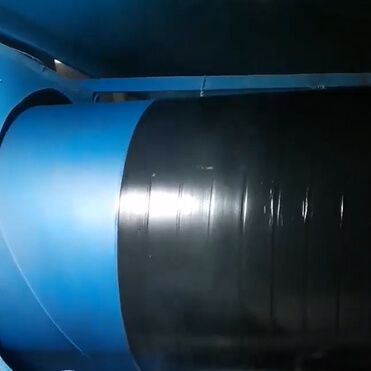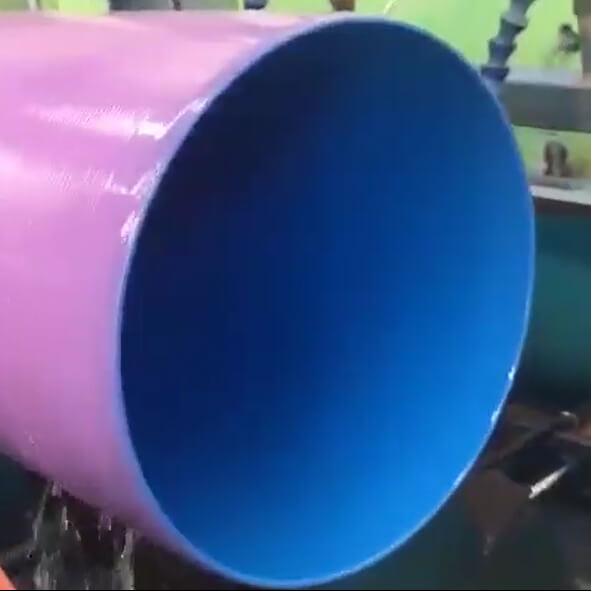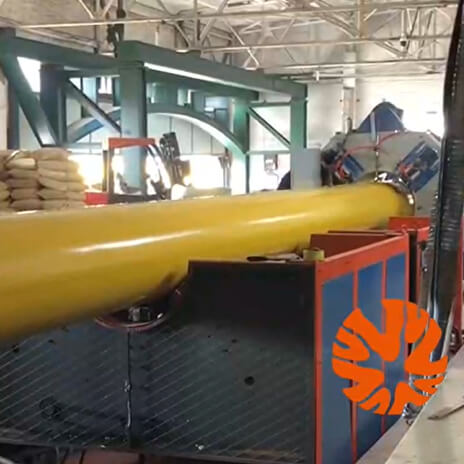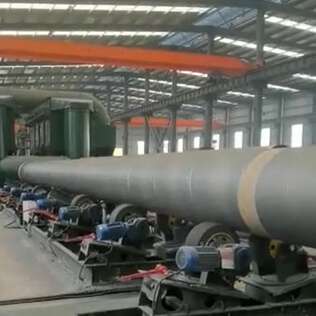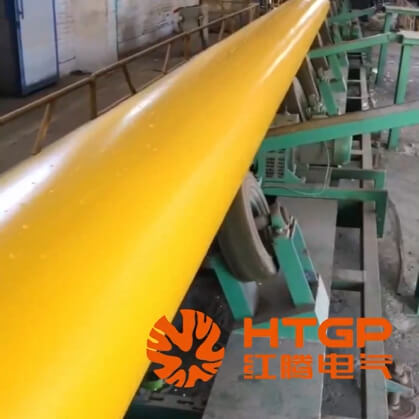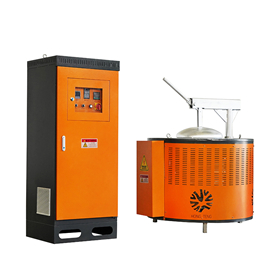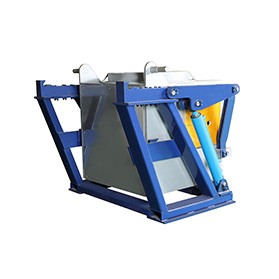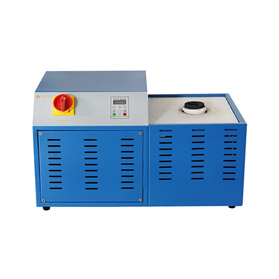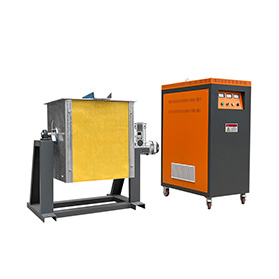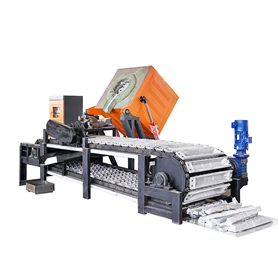Product +
3PE Insulation Steel Pipe Production Line
Video:
Application:
The 3PE insulation pipe production line has a unique design and adopts BM separated high-efficiency screw. It has a high degree of automation, easy operation, continuous production, and is stable and reliable. It is mainly composed of an extruder, machine head, cooling water tank, tractor, cutting machine, tube clamping machine, bracket and electrical control part. The middle layer is a polyurethane foam layer, and the inner layer is a steel pipe. This kind of production line is mainly used for the production of large-diameter PE insulation pipes, and can also produce water supply pipes, drainage pipes, etc. The pipe has many characteristics such as non-toxic, odorless, non-corrosive, anti-aging, and good weather resistance. The product is mainly used in the outer layer of heating pipes.
Product Features:
Excellent anti-corrosion performance: The anti-corrosion layer of 3PE anti-corrosion steel pipe has the characteristics of acid, alkali and corrosion resistance, which can effectively prevent the steel pipe from being corroded and damaged. At the same time, the anti-corrosion layer also has high adhesion and tightness and can effectively prevent the penetration of moisture and dirt.
Efficient thermal insulation performance: The insulation layer of 3PE thermal insulation steel pipe is made of polyethylene material, which has good thermal insulation performance. Polyethylene material has a low thermal conductivity, which can effectively prevent the transfer of heat, thereby achieving the effect of heat preservation.
Strong impact resistance: The anti-corrosion layer and insulation layer of 3PE anti-corrosion steel pipes have strong impact resistance and can withstand large external impacts and pressures during transportation and use.
Better service life: 3PE anti-corrosion steel pipes have a longer service life, generally more than 50 years. This is mainly due to its excellent anti-corrosion performance and efficient thermal insulation performance, which can effectively prevent steel pipes from being corroded and damaged and extend their service life.
Environmental protection and energy saving: The production process of 3PE anti-corrosion steel pipes uses environmentally friendly materials and energy-saving technologies, such as the use of environmentally friendly pigments and additives, which can effectively reduce the impact on the environment. At the same time, the material also has energy-saving effects during use. For example, the use of insulation layers can effectively reduce energy waste.
Convenient construction: The construction of 3PE anti-corrosion steel pipes is relatively convenient, and can be connected by welding, threaded connections, etc. At the same time, this material is also more convenient during transportation and installation and can effectively shorten the construction period and improve construction efficiency.
Specification:
Steel pipe surface treatment: This step is to ensure that the surface of the steel pipe is clean, smooth and free of rust, oxides and other impurities. Through the shot blasting method, a high-speed rotating impeller is used to project steel sand onto the surface of the steel pipe to remove rust and impurities. The surface of the treated steel pipe should meet the cleanliness requirements of the standard to ensure the adhesion and corrosion resistance of the primer.
Spray primer: After the surface treatment of the steel pipe is completed, the next step is to spray primer. The primer usually uses epoxy powder coating, which has the characteristics of strong adhesion and good corrosion resistance. Through electrostatic spraying technology, the primer is evenly sprayed on the surface of the steel pipe to form a dense primer layer. The function of the primer layer is to enhance the adhesion between the steel pipe and the polyethylene layer and prevent the steel pipe from corrosion.
Wrap the polyethylene layer: After the primer has cured, begin wrapping the polyethylene layer. This step can be performed by extrusion or spinning. The extrusion method is to extrude the molten polyethylene through the extruder head, and then evenly wrap it around the surface of the steel pipe. The spinning method is to roll the polyethylene material on the surface of the steel pipe through a spinning machine for winding. No matter which method is used, it is necessary to ensure that the polyethylene layer is tightly attached to the surface of the steel pipe without bubbles and gaps.
Heating and solidification: Send the wound steel pipe into the heating furnace and heat it to the melting point of the polyethylene layer, so that the polyethylene layer melts and adheres closely to the surface of the steel pipe. The temperature and time need to be controlled during the heating process to ensure that the polyethylene layer is completely melted and tightly combined with the steel pipe. After heating and solidification, the interface bonding force between the steel pipe and the polyethylene layer is improved, and the thermal insulation performance is also improved.
Cooling: After heating and solidification is completed, cool the steel pipe to room temperature. This step is to allow the steel pipe and polyethylene layer to gradually cool and stabilize, preventing deformation and cracking caused by temperature changes.
Inspection: Finally, the finished tube is inspected. The testing content includes coating thickness, adhesion, corrosion resistance, etc. Through testing, it can be ensured that the quality of the finished pipe meets the standard requirements. If substandard products are found, they need to be reworked or scrapped.
Relative Devices
Extruder: The extruder is a rotating screw extruder. Its function is to heat, melt, and extrude the plastic raw materials to form a continuous plastic melt to prepare for the subsequent molding process.
Machine head mold: The machine head mold is a key part of the insulation pipe production line. It has the function of forming the plastic melt into the required shape and size. The mold usually consists of two semi-circular molds, which can be easily removed and replaced.
Cooling device: The function of the cooling device is to quickly cool the newly extruded plastic pipe so that it can obtain shape and dimensional stability.
Traction machine: The traction force of the tractor can pull the cooled pipe to the next work station, and at the same time, it can also control the linear speed of the pipe.
Cutting machine: The function of the cutting machine is to cut the pulled pipe to the required length.
Pipe clamping machine: The function of the pipe clamping machine is to clamp the cut pipes for subsequent processing.
Composed of brackets and electrical control parts: This part is mainly used to support and control the operation of system equipment.
In addition, the production line also includes some auxiliary equipment, such as conveyor belts, heating devices, control systems, etc. These parts work together to achieve the production of insulated pipes.


